DURING the solar eclipse, how did the LIVE video of the moon’s shadow hurtling across the earth reach NASA’s website?
Read More / Watch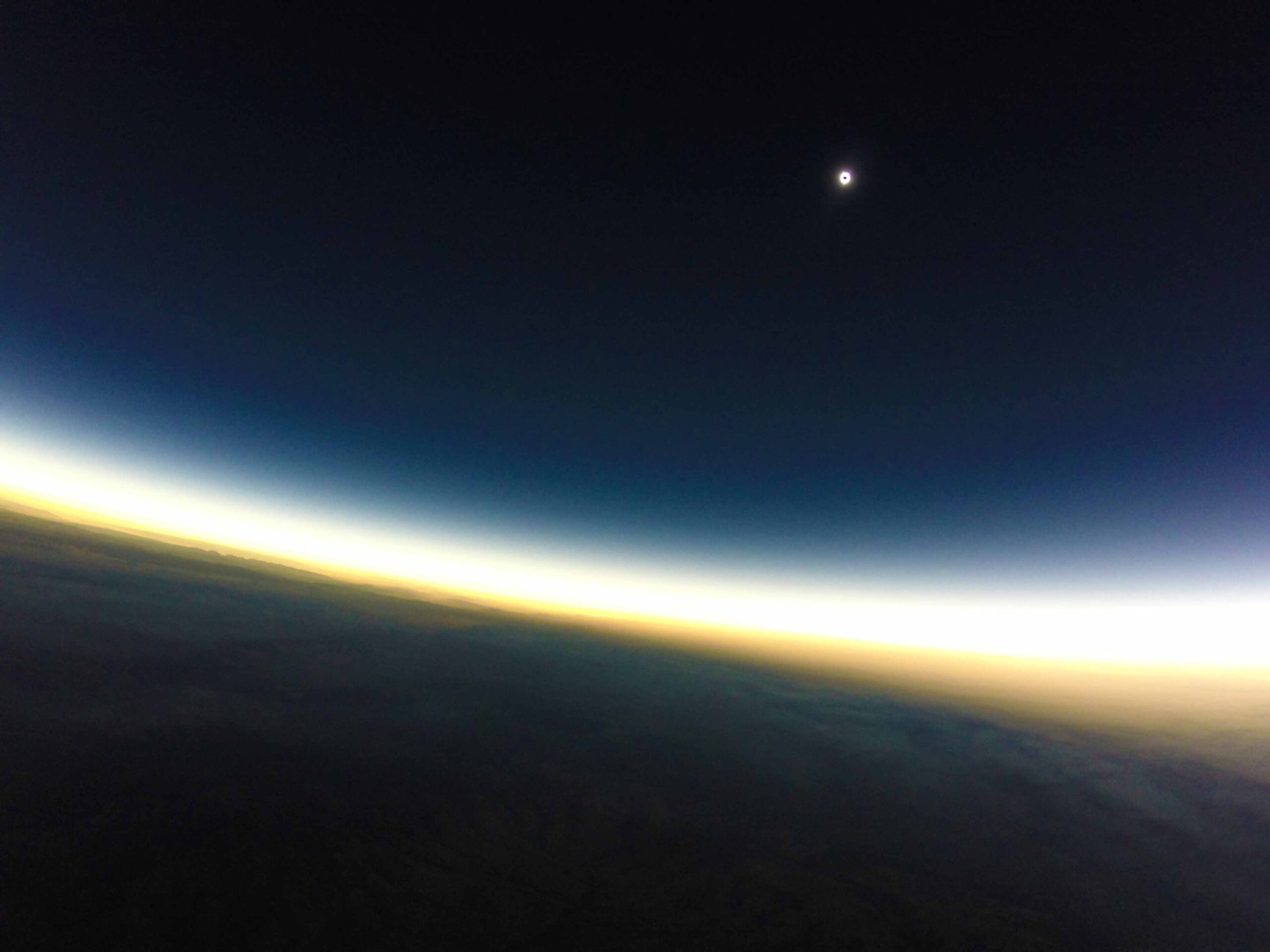

DURING the solar eclipse, how did the LIVE video of the moon’s shadow hurtling across the earth reach NASA’s website?
Read More / Watch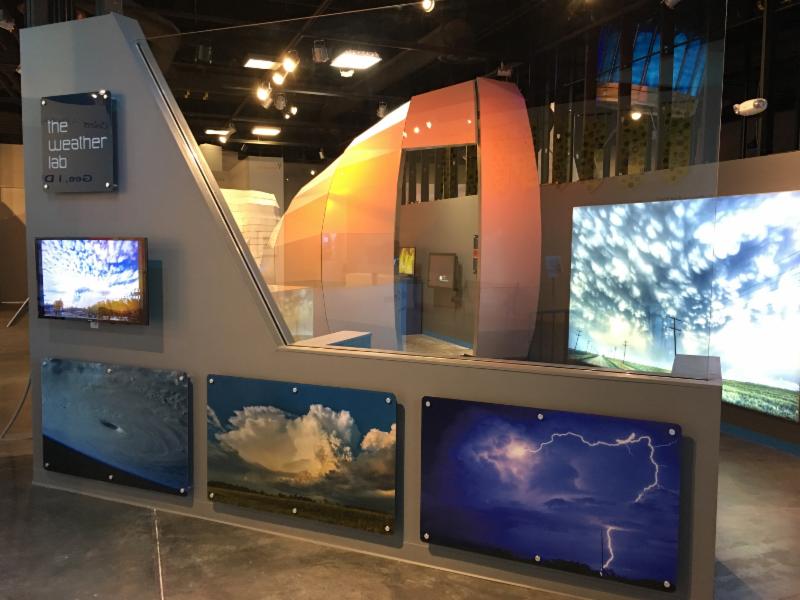
Science and technology stories relating to humankind’s exploration of the weather are very interesting, and the immersive 2,000-square-foot “Weather Lab” that opened recently at the Anderson-Abruzzo Albuquerque International Balloon Museum gives visitors an inspiring view of the inextricable relationship between weather and humanity.
Read More / Watch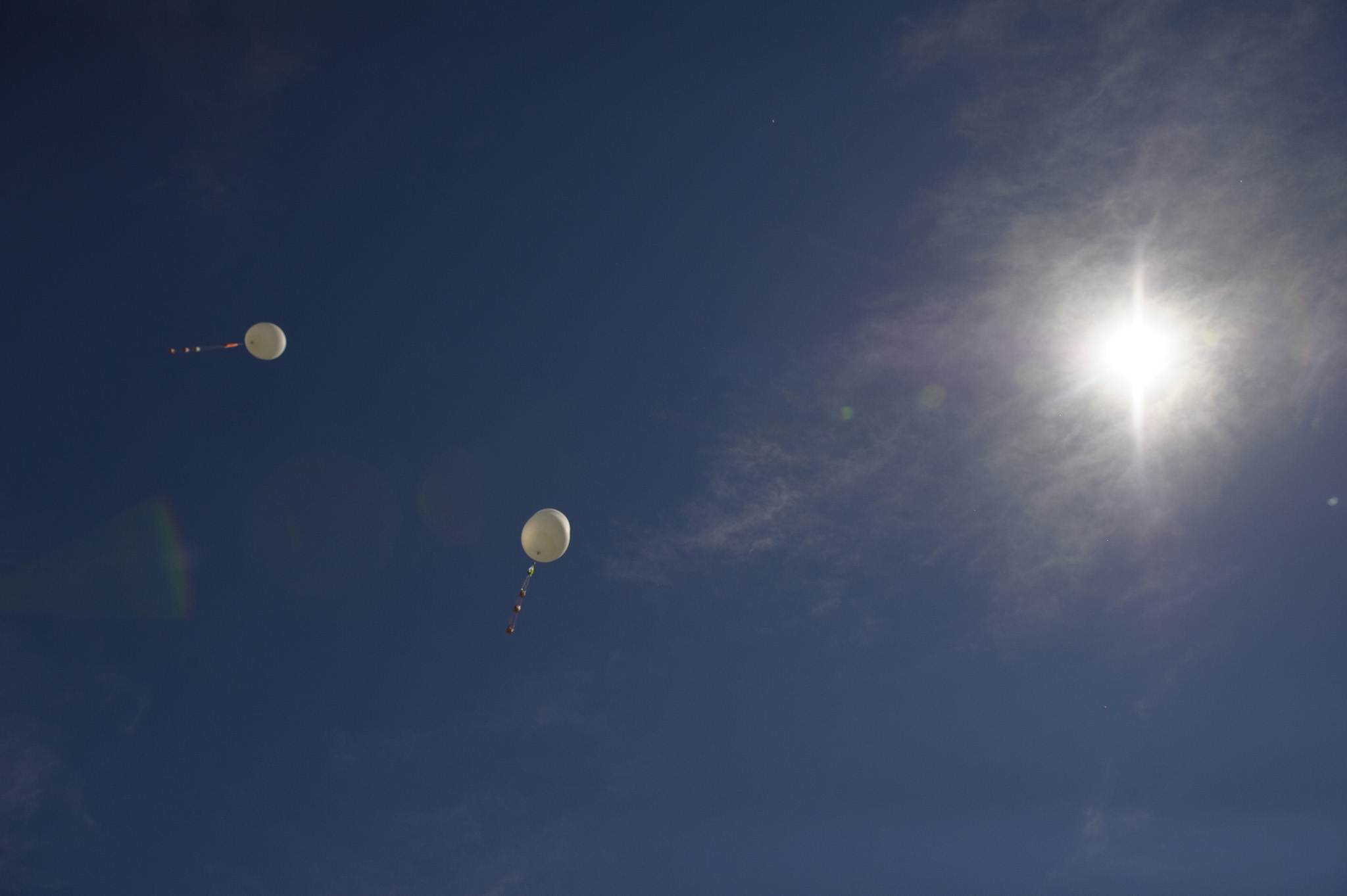
NASA, and its video platform Stream, will launch 100 balloons attached to cameras that will soar 100,000 feet above the Earth’s surface to provide
Read More / Watch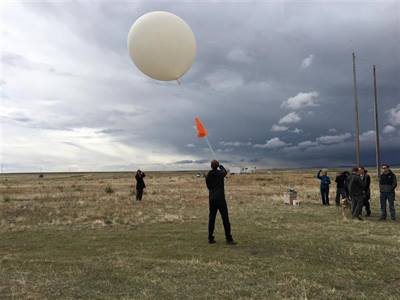
The balloon-borne ozonesonde helped NOAA develop knowledge and expertise to find out about the depletion of ozone. In May 1985, scientists with the British Antarctic Survey announced that they had discovered a huge hole in the ozone layer over Antarctica. The largest ozone hole area recorded to date was on September 9, 2000, at 11.5 million square miles (29.9 million square kilometers). Scientists had launched the first ozonesonde in 1967 to learn about its distribution…
Read More / Watch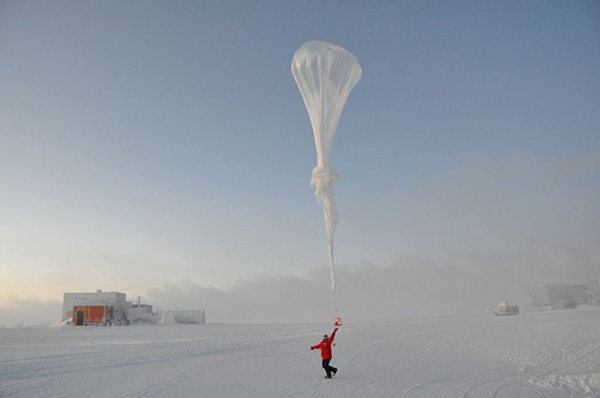
Twice a day, every day of the year, weather technicians release about six-foot round weather balloons from 900 locations worldwide. An instrument called a radiosonde is attached to the balloon to measure pressure, temperature, and relative humidity as it climbs high up into the atmosphere.
Read More / Watch